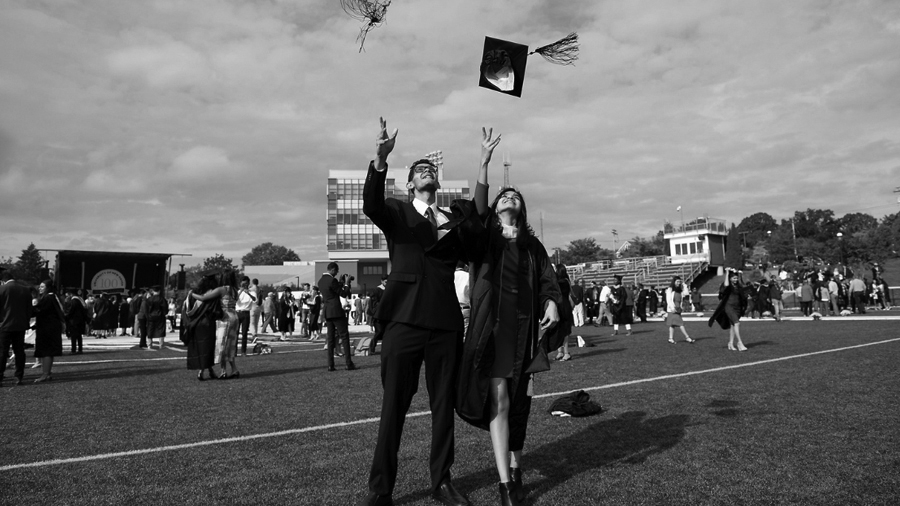Since last week’s “Did You Know” focused on Al Capone and the St. Valentine’s Day Massacre, I thought that it would be interesting to learn about the whole time period of Prohibition including why it was enacted and what exactly it caused to happen. Everything began in the 1820’s and 30’s when the United States was beginning to hear calls for temperance. Massachusetts was the first state which passed a temperance law that banned the sale of alcohol. However, the restriction was the banning of sale of alcohol in less than 15 gallon quantities. This set a precedent and led to Maine passing the first state prohibition law in 1846.
Leaders in the temperance movement were mostly women, who saw alcohol as the reason for ruined families and marriages. 1906 brought attacks on the sale of liquor. However, nothing legal occurred until 1917 when the United States entered World War I and President Woodrow Wilson instituted a temporary wartime prohibition order to save grain for producing food. This led to the introduction of the 18th amendment, which officially banned the manufacturing, transportation, and sale of all alcohol. It took only 11 months for the required three-quarters of the states to vote in support of the amendment. The amendment was ratified on January 29, 1919 and went into effect one year later. However, by this time, 33 states had already made their own prohibition legislation.
However, though there were good intentions behind the proposal of the amendment, no one could have imagined how hard it was going to be to enforce Prohibition, especially over the course of the 1920’s. The Internal Revenue Service (IRS) was assigned to oversee enforcement, but the Justice Department later took over. Prohibition was easier enforced in rural areas where support for the amendment was evident. It was in the urban areas where those who wanted to keep drinking found more and more creative ways to continue. Bootlegging went on throughout the decade and the operations of speakeasies could be seen in the least suspected places (garages, funeral parlors, barber shops, etc.). Alcohol was smuggled across state lines, and there was even production of liquor (moonshine or bathtub gin) in private homes.
This era encouraged the rapid rise of criminal activity that was directly associated with bootlegging, as we are all familiar with now knowing something about our old famous friend Al Capone. These illegal operations fueled competitions for the top and gang violence. This and many other reasons where the direct result of the reason why support for Prohibition waned by the end of the 1920’s. There was much appeal in the idea of creating jobs and revenue by legalizing the liquor industry again. When Franklin D. Roosevelt (FDR) ran for president that year, he ran on a platform of overturning prohibition, and won.
The 21st amendment was proposed in February of 1933 to Congress, repealing the 18th amendment. It was submitted to the states and in December of 1933, it was ratified. Though a few states continued to prohibit alcohol even after the end of Prohibition, all of the states abandoned the task by 1966.




